Object-oriented programming provides a structured approach to developing futuristic software and integrates encapsulation, inheritance, and polymorphism. It emphasizes the principles of abstraction and empowers reusable and scalable coding operations. C# multiple inheritance is one of the phenomenons of object-oriented programming that sets up a foundational ground for building complex and robust software systems.
Even though C# does not support this principle directly, however, there are numerous other ways it integrates it. We know well that the evolving object-oriented programming calls for understanding c# multiple inheritance. With regards to that we will understand its limitations, explore alternative approaches, and compare it with other related concepts.
What Is C# Multiple Inheritance And Its Importance?
The process involving the acquisition of properties and behaviors of a random by another class is known as the inheritance procedure in programming. This allows us to create new classes that are based on existing classes, and to reuse the code that has already been written.
C# multiple inheritance, as a fundamental concept in object-oriented programming (OOP), plays a crucial role and contributes significantly to the power and effectiveness of OOP.
Benefits of C# Inheritance in Software Development
In C#, multiple inheritance refers to the ability to derive a class from more than one base class. However, C# does not support multiple inheritance of classes, which means only a single base class can be inherited by a class. This design decision was made to avoid certain complexities and ambiguities that can arise from multiple inheritance.
Instead of supporting multiple inheritance of classes, the c# language provides a different mechanism known as multiple inheritance through interfaces. Interfaces in C# define a set of methods, properties, and events that a class must implement. This allows the class to inherit and exhibit the behavior and capabilities defined by multiple interfaces, expanding its functionality and adaptability.
Code Reusability
C# inheritance improves code efficiency by implementing common functionalities in a base class and inheriting them in multiple derived classes, reducing redundancy and simplifying maintenance.
Code Organization
Inheritance helps organize code by establishing a class hierarchy. Developers can define classes based on their relationships and hierarchies, resulting in a more intuitive and comprehensible code structure. This promotes better code management and enhances overall software quality.
Polymorphism
Polymorphism allows for flexible and extensible code, as different derived classes can be used interchangeably based on their common base class. This simplifies code and increases its flexibility.
Method Overriding
Derived classes in C# can override methods defined in their base classes. This feature allows developers to provide specific implementations of methods in derived classes, catering to their unique requirements. Method overriding is essential for achieving specialized behavior in a c# subclass while maintaining the common interface defined in the base class.
Extensibility
Extensibility allows developers to create new classes from existing ones and add extra features or modify existing behaviors as needed. This promotes code scalability and adaptability, enabling the software to evolve and accommodate future requirements more easily.
Encapsulation
C# inheritance supports encapsulation, a fundamental principle in object-oriented programming. It allows data and behavior to be encapsulated within classes, providing controlled access through inheritance hierarchies. Encapsulation enhances data integrity, modularity, and abstraction which makes the code robust and effective.
Abstraction
Abstract classes act as templates for derived classes, outlining the common structure, while interfaces establish contractual obligations that classes must satisfy. This abstraction mechanism promotes code modularity and separation of concerns, allowing for more flexible and maintainable software design. Abstraction vs interface confusion is common to occur while understanding c# multiple inheritances. However, the two are completely different concepts because one creates functionality and the other defines it.
C# Multiple Inheritance Example
The DerivedClass class will inherit all of the properties and methods of the BaseClass class.
Mentioned beneath are some more c# multiple inheritance examples that are useful programmers.
- The Animal class could be a base class for the Dog class and the Cat class.
- The GeometricShape class could be a base class for the Circle class, the Square class, and the Triangle class.
- The Employee class could be a base class for the Manager class and the Secretary class.
How does inheritance work in these examples?
In the Animal example, the Dog class and the Cat class will inherit all of the properties and methods of the Animal class. For example, consider a scenario where a Manager class possesses a method called “manage()” and a Secretary class contains a method called “takeNotes()”.
In the GeometricShape example, the Circle class, the Square, and the Triangle class will inherit all of the properties and methods of the GeometricShape class. For example, they will all have a color property and a getArea() method. They can also add new properties and methods of their own. For example, the Circle class might have a radius property, and the Square class might have a side length property.
In the Employee example, the Manager class and the Secretary class will inherit all of the properties and methods of the Employee class. For example, they will both have a name property, a salary property, and a work() method. They can also add new properties and methods of their own. For example, the Manager class might have a manage() method, and the Secretary class might have a takeNotes() method.
Why Java Does Not Support Multiple Inheritances
Despite all the benefits this technology provides to cater advance software development needs, Java does not support multiple inheritances. The reason is that every class is a subclass of an object class in Javascript. The second major reason is that it keeps the model simple and does not make it complex by only keeping a few easy-to-understand objects.
Step Towards Proactive Programming!
The c# programming language promotes a coding process that is less ambiguous and effortless. However, this guide has disclosed all the methods to inculcate c# multiple inheritance and their benefits.
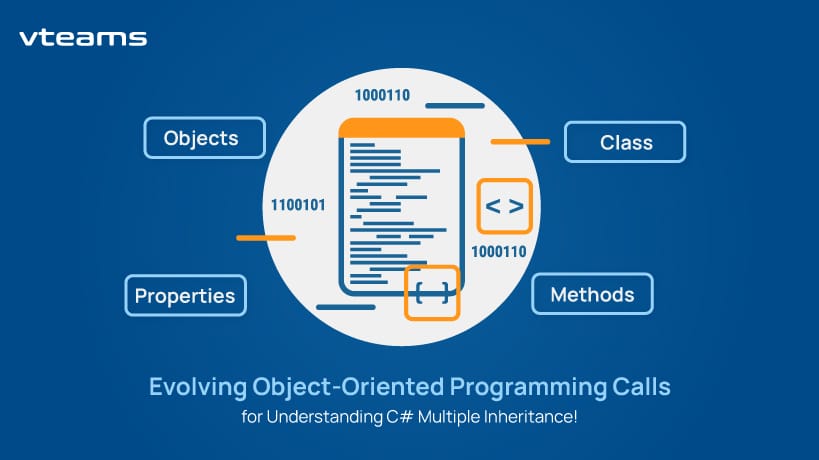


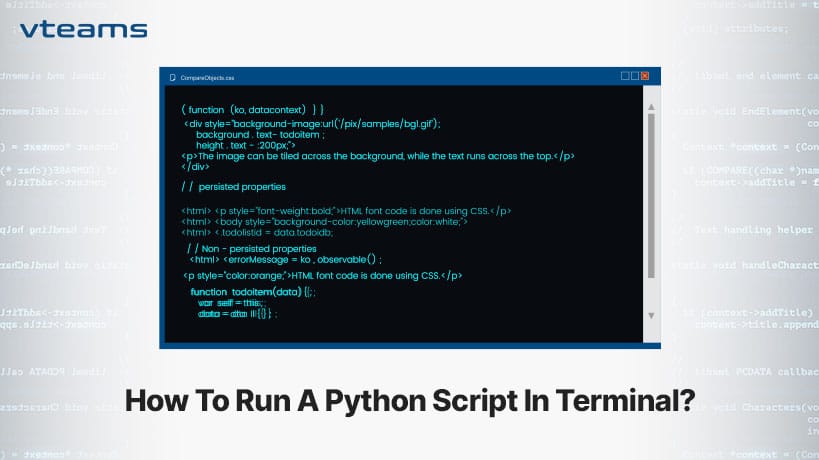






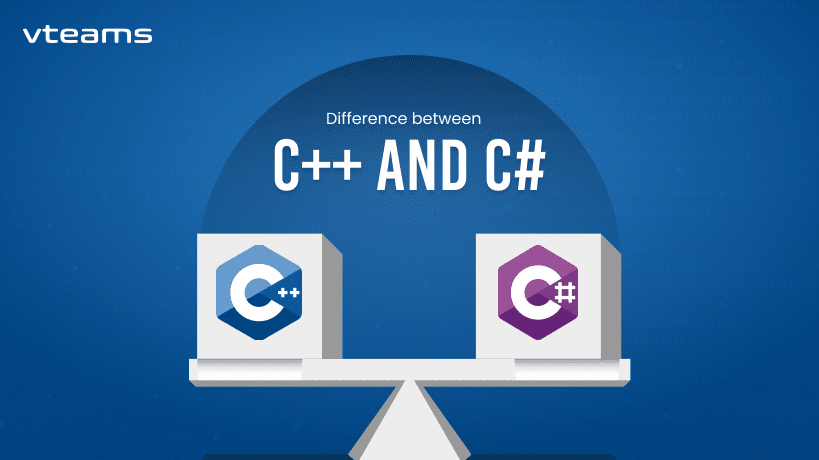


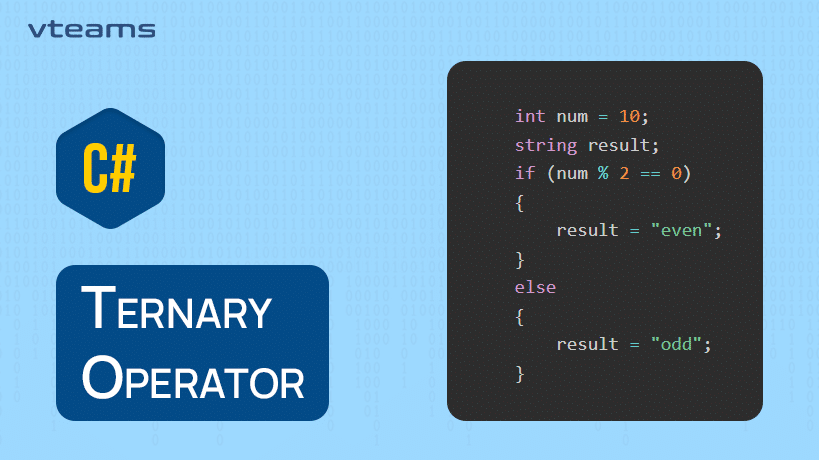
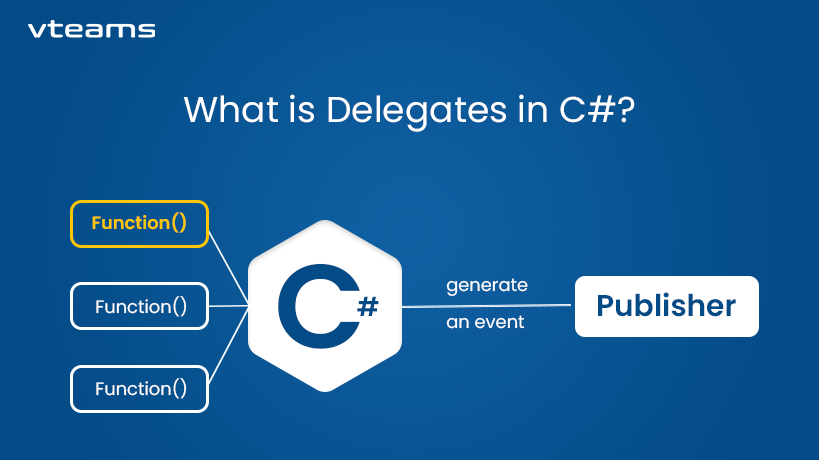

0 Comments